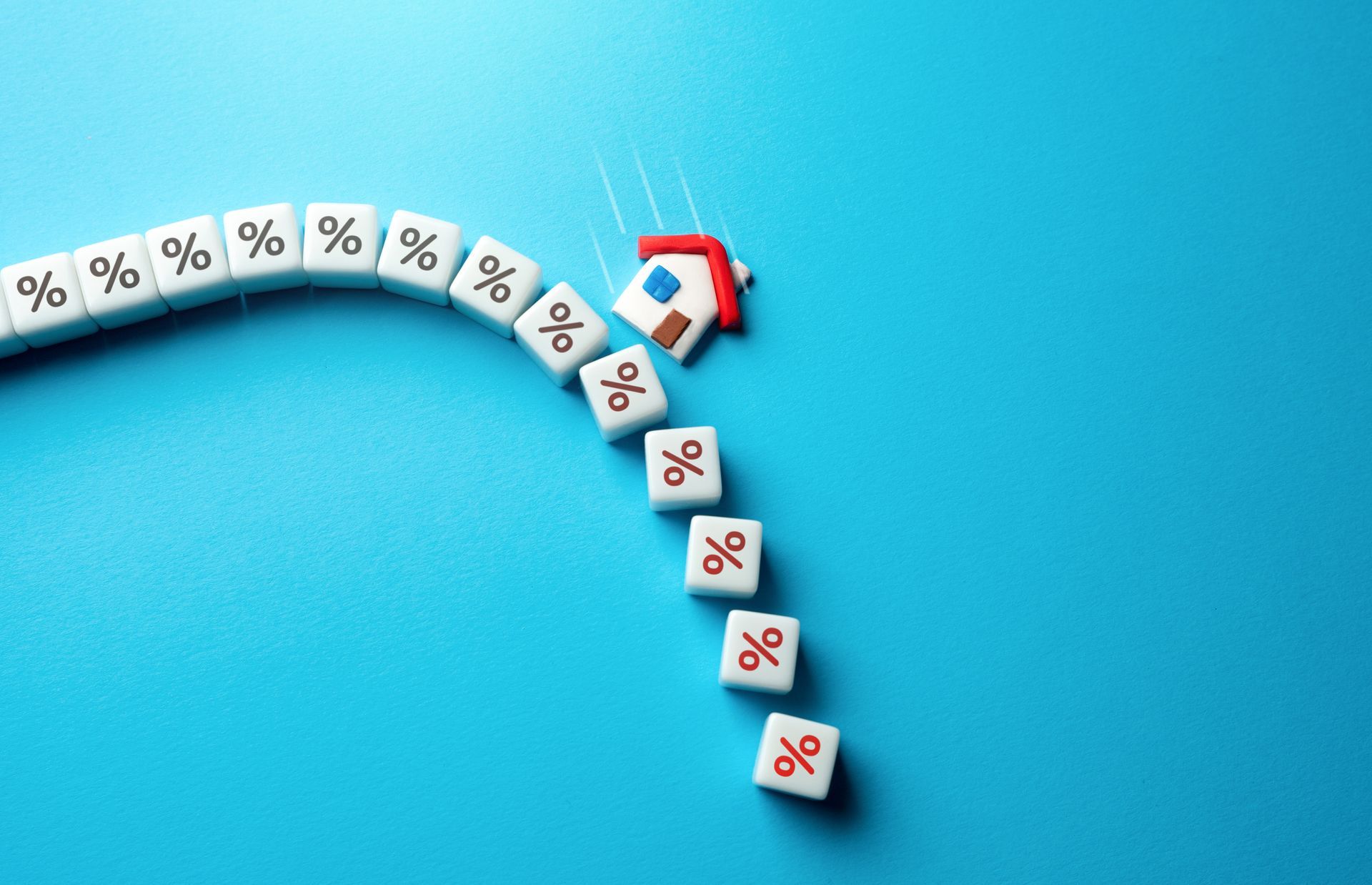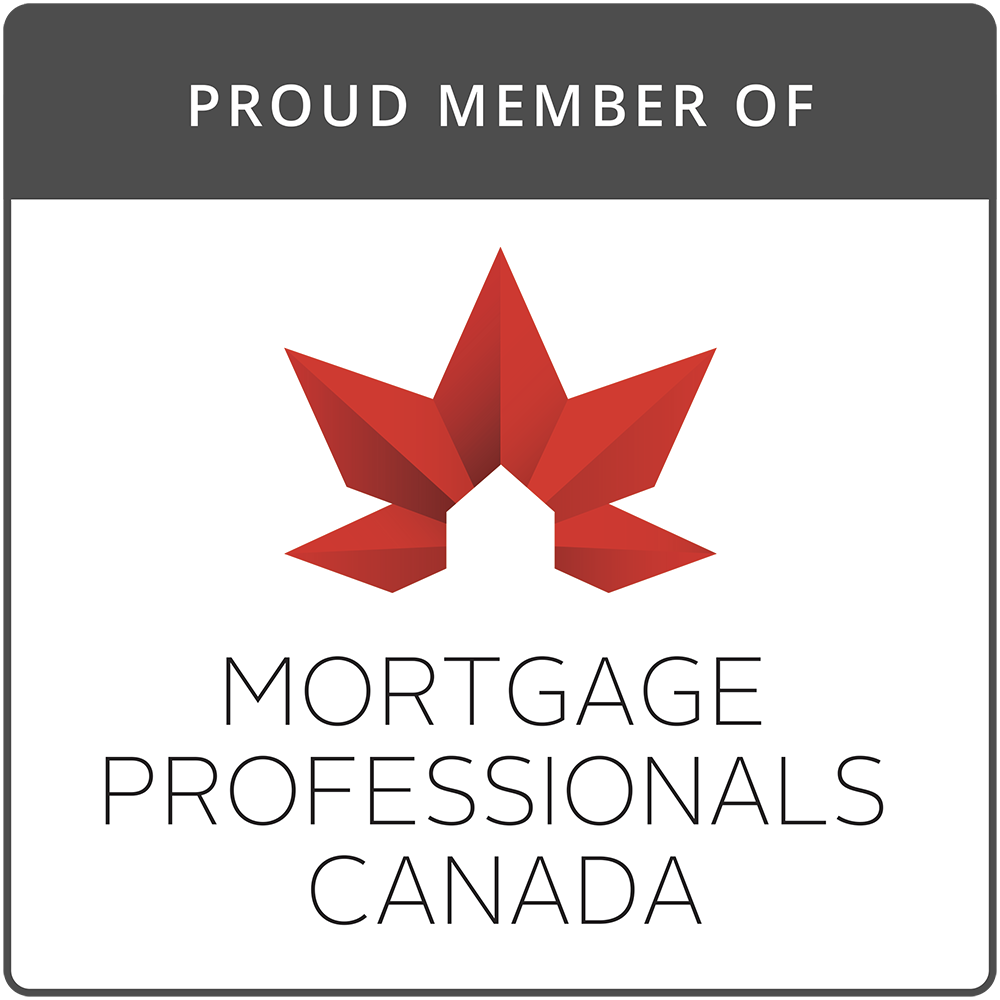Fixed Vs. Variable Rate Mortgages
Understand the Differences
If you are in the market looking for your best mortgage, part of your search includes trying to understand all the jargon and other mortgage terms that are important. One of the key decisions you will have to make is whether to take a mortgage with a fixed interest rate or a variable interest rate. This decision will determine the costs of the mortgage and the size of your mortgage payment. This decision also has an impact on the level of risk you are accepting with your new mortgage. It is important to understand this, so you make the best financial decision.
What are the Differences Between Fixed and Variable Rate Mortgages?
Fixed Rate Mortgage
With a fixed-rate mortgage, your interest rate and monthly payments stay the same for the entire mortgage term. The downside of a fixed-rate mortgage? They tend to have higher interest rates than Variable-Rate or Adjustable-Rate Mortgages. However, there is a potential upside - if mortgage interest rates go up during the term, you're protected because your rate stays the same.
Typically, the longer the term of a fixed rate mortgage, the higher the interest rate. For instance, a 5-year mortgage will typically have a higher interest rate than a 2-year mortgage.
Pros of a fixed rate mortgage:
- Your periodic mortgage payment is always the same, making it predictable and easy to manage
- Changes in interest rates have no impact on your budgeting or mortgage amortization over time.
- No exposure to changes in interest rates during the term of the mortgage.
Cons of a fixed rate mortgage:
- If interest rates decline your interest rate stays the same.
- Higher rate of interest, compared to a VRM, means your periodic mortgage payment will be larger.
- Higher prepayment penalties.
Variable Rate Mortgage (VRM)
A mortgage where the interest rate the Borrower pays will change over time is called a variable rate mortgage. The mortgage rate will be benchmarked against an underlying rate, most commonly the Prime Rate. The lender will set the variable mortgage rate at the Prime Rate plus or minus a margin. The margin to the Prime Rate will be fixed, but if the Prime Rate moves up or down the variable mortgage rate will likewise move up or down.
For some lenders the mortgage payment on a VRM will increase if the Prime Rate increases. For others, the mortgage payment stays the same unless rates increase so much that your current payment is not covering the interest. Be sure to know which of these payment structures applies to the VRM you are considering.
Pros of a variable rate mortgage:
- If interest rates decline, the rate of interest you pay declines.
- Variable rates are usually lower rates than fixed rate mortgages, resulting in lower mortgage payments.
- Lower prepayment penalties.
Cons of a variable rate mortgage:
- If interest rates increase, the rate of interest you pay increases.
- If rates increase materially the amount of time required to pay off your mortgage in full will increase.
- Requires you to monitor rates in the market to know when your interest rate may increase and whether you might want to convert to a fixed rate mortgage (See Conversion Feature below).

Variable Rate vs Adjustable Rate
There are two kinds of variable rate mortgages in Canada. The most common is the VRM described above. A few lenders also offer an Adjustable Rate Mortgage (ARM). With some VRMs, the interest rate can change over time, but your mortgage payment stays the same. With other VRMs and ARMs, the interest rate can change over time, and the payment will increase or decrease as the interest rates increases or decreases. ARMs are not as common. Most market participants refer to VRMs when talking about mortgages with variable rates.
As described above, the main difference between fixed and variable rate mortgages is whether the interest rate changes over time. Note also that the interest rate on a VRM is usually lower than the interest rate on a fixed rate mortgage. That alone can sometimes influence a borrower to prefer a VRM.
There is one other key difference that a mortgage borrower should know about.
Mortgage Penalties
Most mortgages provide the borrower with Prepayment Privileges, the most important of which is the right to make lump-sum payments to pay down a portion of the principal early. This Prepayment Privilege is usually limited to an amount between 10% and 20% of the mortgage balance that can be paid down once per year. Principal prepayments within the Prepayment Privilege limit do not require you to pay a prepayment penalty.
If you prepay an amount greater than the Prepayment Privilege that amount will attract a prepayment penalty. This may be a principal payment that is greater than your regular scheduled payment and also includes when you break your mortgage before the maturity date. Examples of breaking your mortgage are if you pay down the mortgage entirely, early-renew, refinance or transfer your mortgage to another lender.
The penalty charged on a VRM is often lower than the penalty charged on a fixed rate mortgage. The penalty for principal prepayment for a VRM is usually limited to three months of interest. Using an example – if your monthly mortgage payment is $1,500 and the interest component of that is $1,100, then the penalty would be 3 X $1,100 = $3,300.
The penalty on a fixed rate mortgage is usually the greater of three months interest and something called the Interest Rate Differential (IRD). The IRD is a make-whole amount that compensates the lender by paying them the difference between your mortgage rate (ie. the rate that they had been earning) and the rate they could get on a new mortgage in the market today. If interest rates have dropped since you took out your mortgage, the IRD increases because this difference increases. If interest rates have increased since you took out your mortgage the IRD will be small or negative because the lender can earn a higher mortgage rate. When this happens, the penalty will be three months of interest since this amount is larger than the IRD.
Prepayment penalties can be significant, sometimes in the tens of thousands of dollars, especially for fixed rate mortgages in a declining interest rate environment. If you think there may be reasons for you to pay down your mortgage early, make sure to get a mortgage with a generous Prepayment Privilege (the largest is generally 20% per year) and be aware of the difference in penalty calculations when deciding to take a fixed or variable rate mortgage.

Conversion Feature
Fixed rate mortgages do not have a conversion feature. Once a fixed rate mortgage, always a fixed rate mortgage. Most variable rate mortgages have a conversion feature that allows you to convert from a variable rate to a fixed rate. You need to stay on top of where interest rates are to know when you might want to consider this, notify your lender of your desire to convert and do some paperwork to get it done, but it is a nice feature that can protect you against a material future increase in interest rates.
Fixed vs Variable – What is Best For You?
With all this information in mind, when is it best to take out a fixed rate mortgage and when is it best to take out a variable rate mortgage? There is no single answer for everyone. It depends on your personal situation, your preferences, and your tolerance for risk.
When Does a Fixed Rate Mortgage Make Sense?
A fixed rate mortgage is right for you if:
- You have a low risk tolerance and would like to be protected against potential rate increases during the term of your mortgage.
- Interest rates are low, and you want to lock in a low rate.
- You plan to stay in your home for the duration of your mortgage.
- You like the predictability of a fixed rate monthly mortgage payment.
If you want peace of mind, ease of administration and certainty of cost, the fixed rate mortgage is the better alternative.
When Does a Variable Rate Mortgage Make Sense?
A variable rate mortgage may be right for you if:
- You have a higher risk tolerance that allows you to accept the risk of potentially higher interest rates.
- You are at the beginning of your career and/or expect your income to materially increase over time, allowing you to make large prepayments on the mortgage.
- You plan on selling your home before the mortgage term expires.
- You are a home buyer and the lower VRM mortgage rate allows you to afford a larger house.
The lower interest rate of a VRM is the main benefit. Lower prepayment penalties may also be a benefit you value. This is offset by the risk that rates may increase, causing you to pay more for your mortgage than expected. Yes, you can convert your VRM to a fixed rate mortgage if you start to see rates increase but by the time you have decided to do that, rates may have already increased somewhat and the fixed rate you can then convert to may be higher than the one you could have originally obtained. The conversion feature is nice, but it requires you to monitor the market and make a quick decision.
As with most financial decisions the decision on whether to take a fixed rate or variable rate mortgage depends on your budget and your tolerance for risk. It is your decision to make but if you want to talk to someone about whether fixed or variable is right for you, our team at Frank Mortgage is always here to help. Simply call us at 1-888-850-1337 or go to
www.frankmortgage.com and open an online chat to talk to someone live.
About The Author

Don Scott
Don Scott is the founder of a challenger mortgage brokerage that is focused on improving access to mortgages. We can eliminate traditional biases and market restrictions through the use of technology to deliver a mortgage experience focused on the customer. Frankly, getting a mortgage doesn't have to be stressful.
Related Posts






